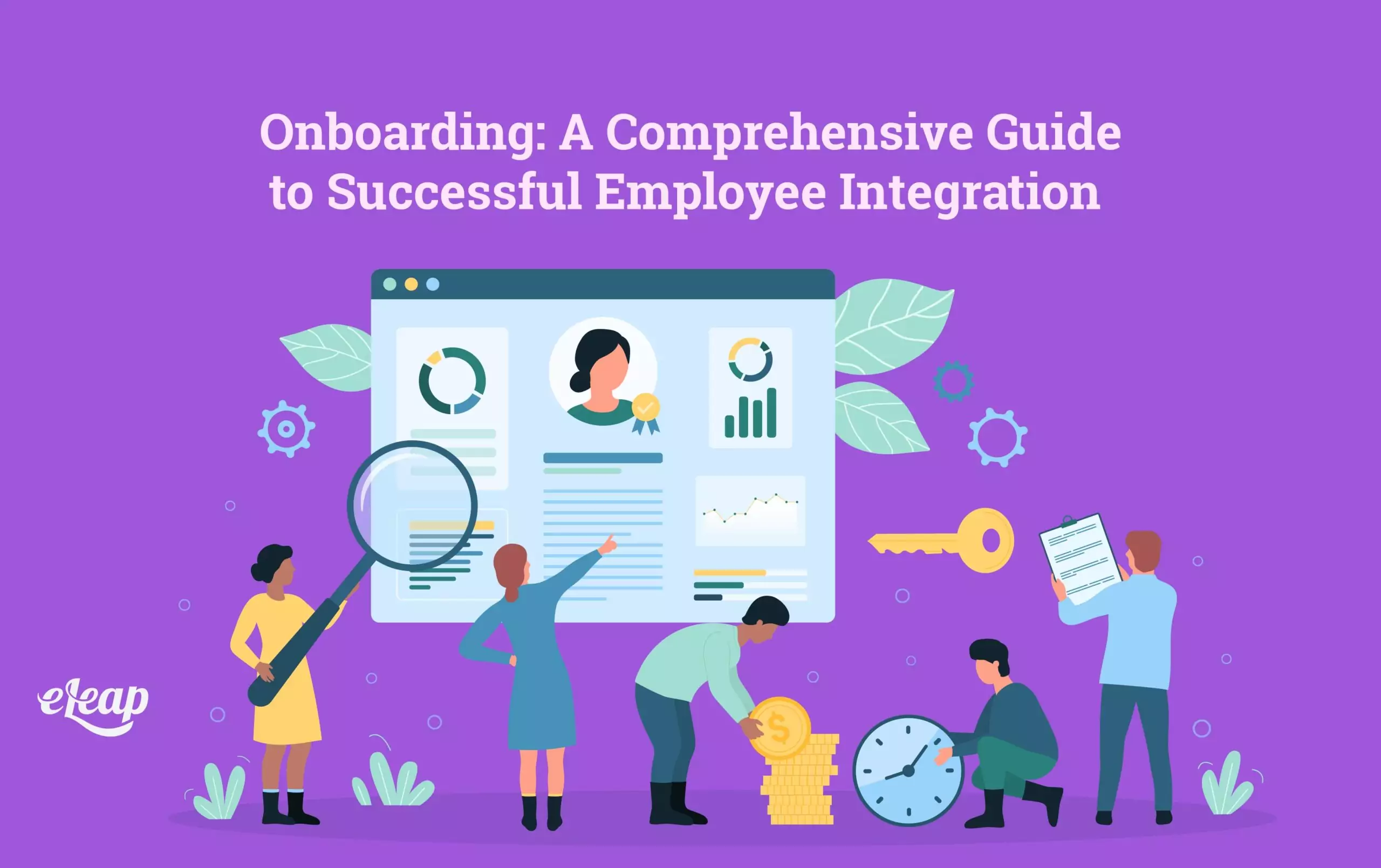Onboarding: A Comprehensive Guide to Successful Employee Integration

Onboarding is a crucial process in every organization that involves integrating new employees into the company culture, equipping them with the necessary skills and knowledge, and fostering their engagement and productivity. This article serves as a comprehensive guide to successful employee onboarding, highlighting its importance, providing strategies for effective onboarding, and addressing common challenges that organizations face during the process.
The Importance of Onboarding

Proper onboarding significantly impacts the success and retention of new employees. It sets the stage for a positive work experience, boosts employee morale, and facilitates quicker integration into the team. Effective onboarding enhances productivity, reduces turnover rates, and ensures a higher return on investment for the organization.
Preparing for Onboarding
Before initiating the onboarding process, organizations should establish clear goals and objectives. This includes defining the desired outcomes of the onboarding program, aligning them with the company’s values and mission, and ensuring that they are communicated effectively to new hires. By establishing expectations upfront, organizations can lay the foundation for a successful onboarding experience.
Additionally, effective communication with new hires is crucial. Employers should provide comprehensive information about the onboarding process, including the schedule, logistics, and any necessary documentation. Clear and timely communication helps alleviate anxiety and creates a positive first impression for new employees.
Creating an Onboarding Plan
A well-structured onboarding plan ensures that new hires have a smooth transition into their roles. The plan should be divided into specific timeframes to guide the onboarding process.
Day One: First Impressions Matter
The first day is a critical opportunity to make new employees feel welcome and excited about joining the organization. Managers should greet them personally, introduce them to their team members, provide a tour of the workplace, and ensure they have the necessary equipment and resources to begin their work.
Week One: Building the Foundation
During the first week, the focus is on introducing new hires to the organization’s culture, values, and work processes. They should be provided with an overview of the company’s history, mission, and vision. Additionally, they should receive training on essential tools and systems and have the opportunity to meet key stakeholders and team members.
Month One: Deepening Connections
In the first month, the emphasis shifts to building relationships and ensuring ongoing support for new employees. Managers should schedule regular check-ins to discuss progress, address any concerns, and provide feedback. New hires should also be encouraged to participate in team-building activities and offered opportunities for professional development.
Providing Necessary Resources
To ensure the success of new hires, organizations must provide the necessary resources throughout the onboarding process.
Training and Development Opportunities
Continuous learning is crucial for the growth and development of employees. Organizations should offer training programs that align with the new hires’ roles and provide opportunities for acquiring new skills. This investment in their professional growth demonstrates a commitment to their success and enhances their job satisfaction.
Mentorship and Support Systems
Assigning a mentor or buddy to new employees can greatly aid their integration into the organization. Mentors can provide guidance, share insights, and serve as a point of contact for any questions or concerns. This support system helps new hires feel supported and accelerates their understanding of the company culture.
Measuring Onboarding Success
To evaluate the effectiveness of the onboarding process, organizations should implement feedback mechanisms and conduct regular evaluations.
Feedback and Evaluation
Collecting feedback from new hires allows organizations to identify areas of improvement and make necessary adjustments. Surveys, focus groups, and one-on-one discussions can provide valuable insights into the onboarding experience and help optimize the process.
Continuous Improvement
Onboarding should be seen as an iterative process. By continuously evaluating and refining the program, organizations can adapt to evolving needs and ensure that new hires receive the best possible experience.
Common Onboarding Challenges and Solutions
While onboarding can be a smooth process, challenges may arise. Here are some common challenges and strategies for addressing them:
Information Overload: To prevent overwhelming new hires with excessive information, organizations should prioritize essential knowledge and stagger the delivery of information over time.
Cultural Integration: In multicultural workplaces, it is crucial to create an inclusive environment that respects diverse backgrounds and fosters cultural integration. Encouraging open dialogue, promoting cultural awareness, and organizing team-building activities can facilitate this process.
Team Integration: Building strong relationships with colleagues is vital for new hires. Encouraging team members to welcome and engage with new employees helps create a supportive and collaborative work environment.
Conclusion
Effective onboarding is a key component of a successful employee integration process. By setting clear goals, providing comprehensive support, and continuously improving the onboarding program, organizations can enhance employee engagement, productivity, and retention. Investing in a well-structured onboarding process not only benefits new hires but also contributes to the overall success of the organization.